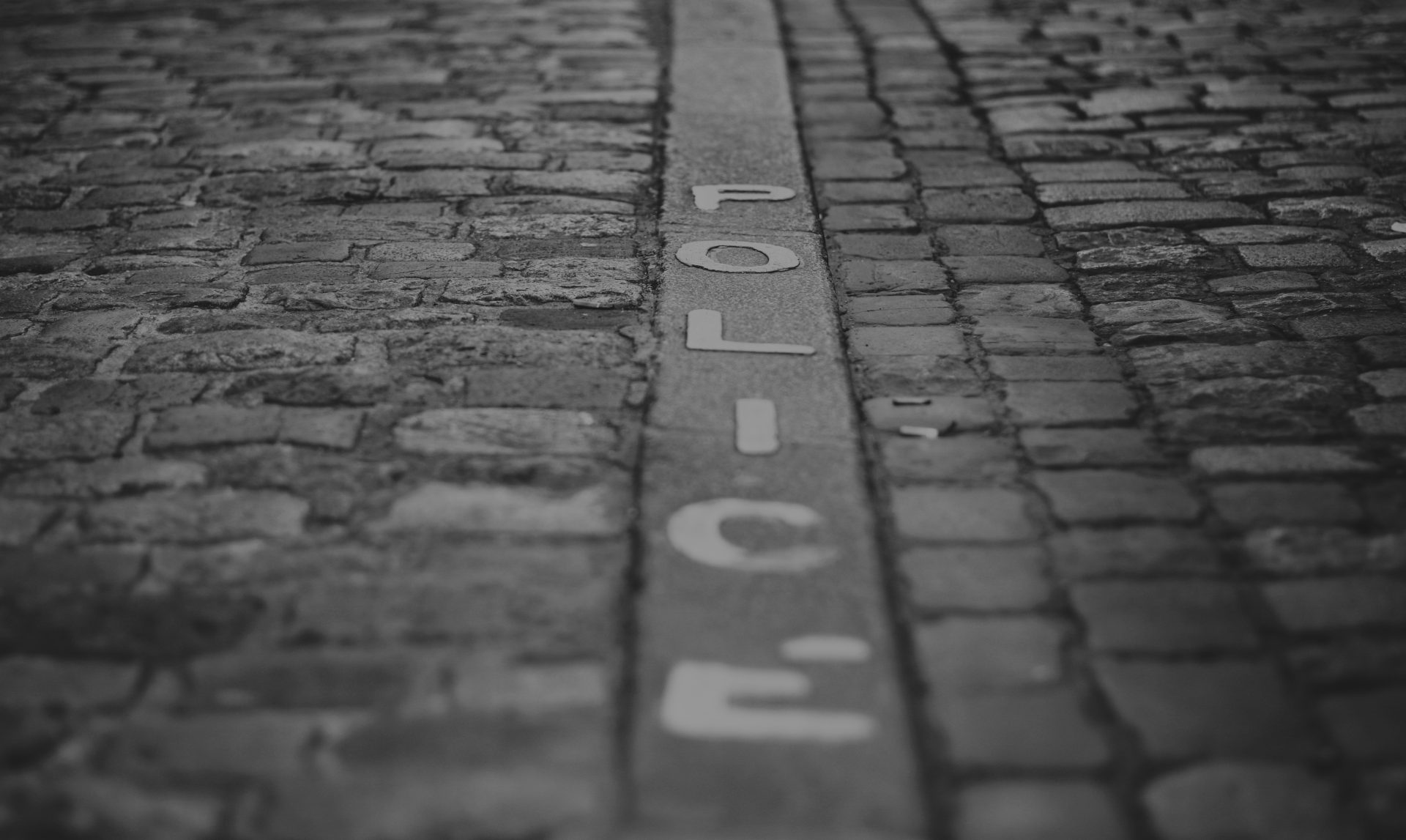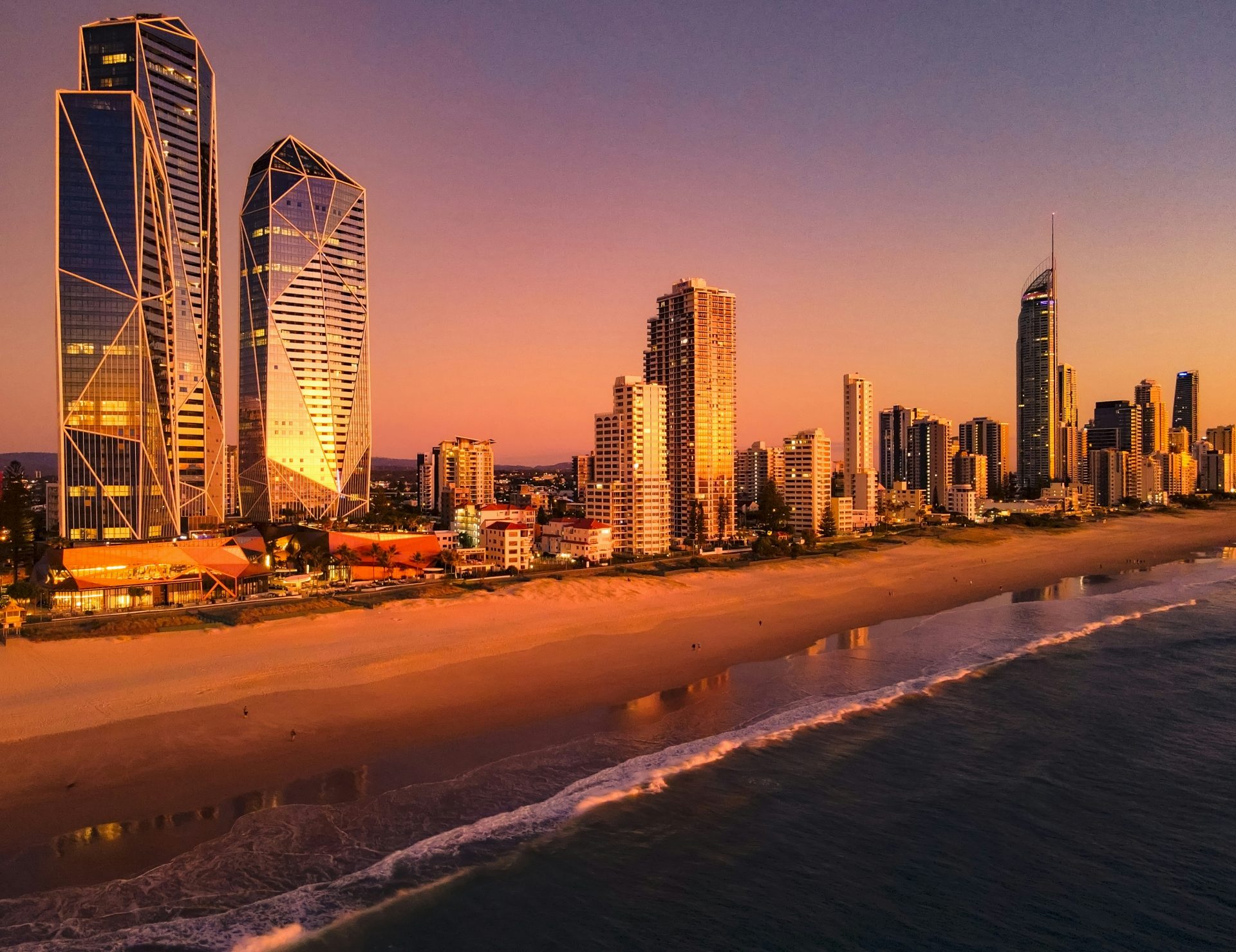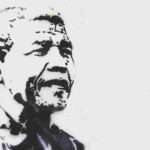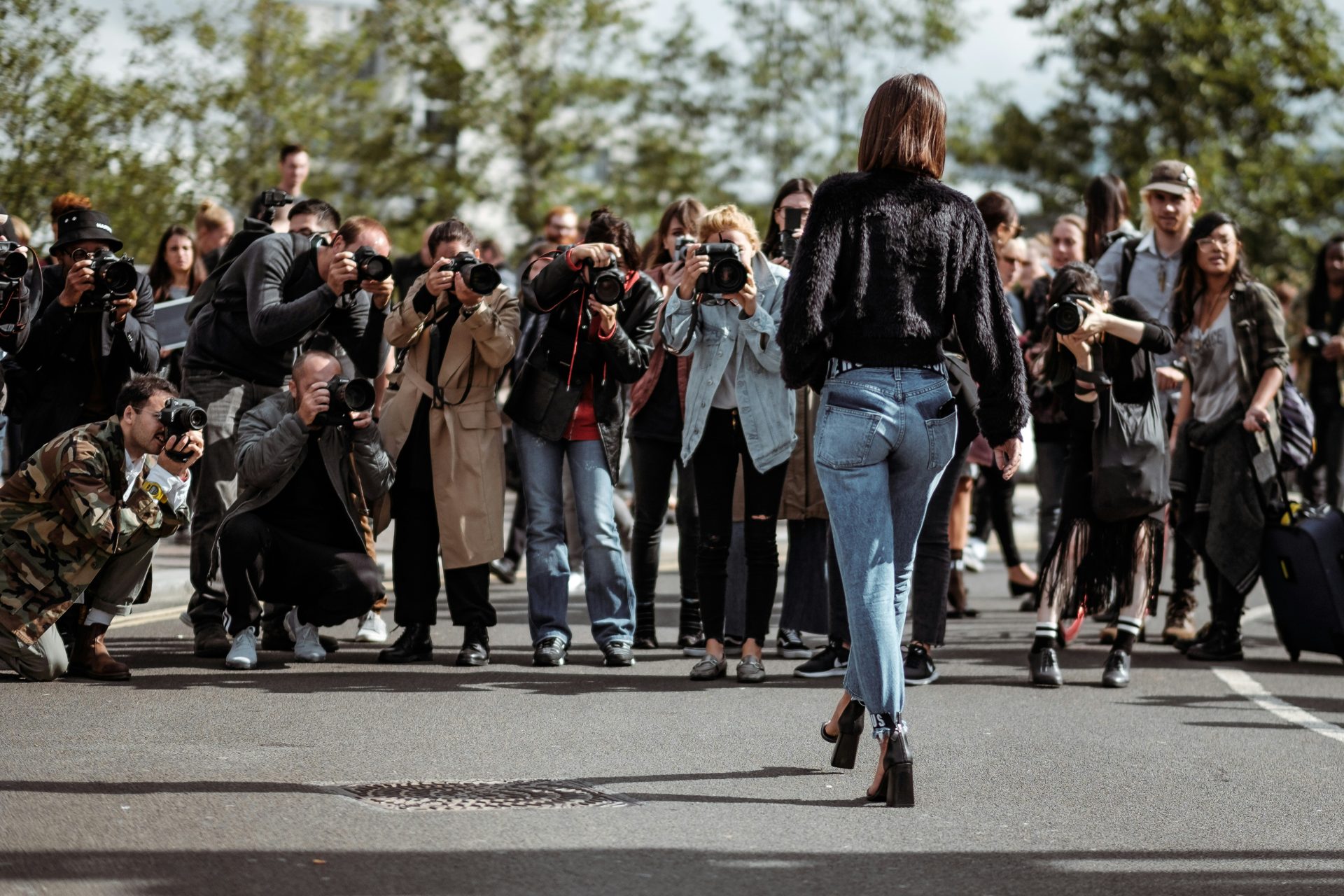On 11 November 1918, at the French town of Compiegne, high-ranking officers of the Entente, the coalition that opposed the Central Powers of Germany, Austro-Hungary, the Ottoman Empire and Bulgaria during World War 1, signed an armistice with Germany, ceasing all hostilities on the Western Front. At eleven o’clock on that morning – the eleventh hour of the eleventh day of the eleventh month – the guns finally fell silent, after four long years of unprecedented slaughter. The first global war had left an estimated 40 million casualties, including over 200,000 young Australians killed or wounded in action. It became known as “The War to End All Wars.” Unfortunately, it wasn’t.
This Sunday marks the one hundredth anniversary of the signing of the Armistice of Compiegne. In remembrance of that event, and the countless thousands of lives lost in the conflagration that it put an end to, an extraordinary piece of public art by British sculptor and artist Rob Heard has been installed on the grounds of the Olympic Park in London. The exhibition, entitled Shrouds of the Somme, is a remarkable visual representation of the sheer scale of human sacrifice suffered in the bloodiest battle in British military history.
On the very first day of the Battle of the Somme, more than 19,000 British soldiers alone were killed in action. When the battle ended four months later the official estimate of Somme casualties was 485,000 British and French (including 23,000 Australians) and over 600,000 Germans. One German officer who survived the conflict, Friedrich Steinbrecher, would later write of it “Somme. The whole history of the world cannot contain a more ghastly word.”
Yet Rob Heard’s Armistice Day commemoration of the obscene carnage of the battle is so visually moving it achieves a simple, heartrending beauty. The artist has created a visual representation of the 72,396 British Commonwealth servicemen killed in the Battle of the Somme who have no known grave, and whose names are all engraved on the Thiepval Memorial in northern France, by wrapping a miniature figurine representing each man in a white shroud, and laying them side by side on the green grass of the Olympic Park. The sight of more than 72,000 shrouded figures laid out in the open is nothing short of stunning in its poignancy.
Heard reportedly spent almost four years in a purpose-built shed at the bottom of his garden hand-sewing the shrouds and binding them over the small figurines to create the spectacle. It took him some 13,000 hours and around 1.6 million stitches. But he recalls the process with affection. “If there was ever a space that is haunted, it’s that shed,” he says. “But if you stand there at quarter past two in the morning then you just know you are doing the right thing by them. When you’ve been in the company of these men for as long as I have, it is a humbling experience.”
He has remembered them well. We should all do likewise.
Lest we forget.











